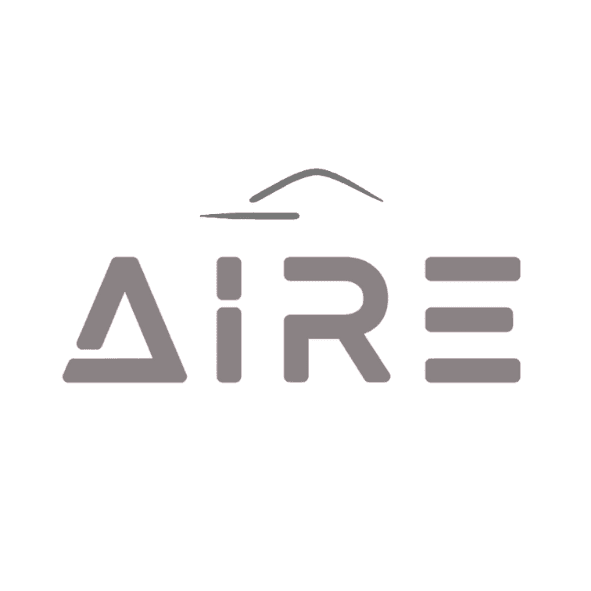AI Software Integration: A Step-by-Step Guide for Small Businesses
Introduction to AI Software Integration
In today's fast-paced digital landscape, small businesses are increasingly turning to AI software to revolutionize operations, enhance customer experiences, and gain a competitive edge. However, integrating AI into existing systems can be daunting for those unfamiliar with the technology. This guide will walk you through the essential steps to seamlessly integrate AI software into your small business operations.
Understanding the Benefits of AI
Before diving into the integration process, it's crucial to understand how AI can benefit your business. AI technology offers various advantages, including automating repetitive tasks, providing data-driven insights, and improving decision-making processes. These benefits not only streamline operations but also free up valuable time and resources to focus on growth and innovation.

Identifying Your Business Needs
The first step in AI integration is identifying the specific needs of your business. Consider areas where AI can make a significant impact, such as customer service, marketing, or inventory management. By pinpointing these areas, you can select AI solutions that align with your business goals and objectives.
Selecting the Right AI Software
Once you've identified your needs, it's time to select the appropriate AI software. There are numerous options available, ranging from chatbots and virtual assistants to predictive analytics tools. It's important to research and compare different solutions to find one that fits your budget, scalability requirements, and technical capabilities.

Preparing Your Infrastructure
Integrating AI software requires a solid technological infrastructure. Ensure your current systems are compatible with the new technology and assess if any upgrades or changes are needed. This might involve updating hardware, software, or network capabilities to support the additional load AI applications may exert.
Training Your Team
Successful integration of AI also depends on your team's ability to adapt to new tools and processes. Provide comprehensive training to ensure employees are comfortable using the new technology. This not only enhances productivity but also minimizes resistance to change, facilitating a smoother transition.

Implementing AI Solutions
With preparation complete, it's time to implement the AI solutions. Start with a pilot project to test the software in a controlled environment. This allows you to identify potential issues and make necessary adjustments before full-scale deployment. Monitoring performance during this phase is vital for ensuring the software is meeting expected outcomes.
Evaluating and Scaling Up
After successful implementation of the pilot project, evaluate the results against your initial objectives. If the software meets or exceeds expectations, consider scaling up its use across your business operations. Regularly reviewing the performance of AI tools ensures they continue to deliver value and adapt to any changing business needs.
By following these steps, small businesses can effectively integrate AI software into their operations, unlocking new opportunities for efficiency and growth. As technology continues to evolve, staying informed and adaptable is key to harnessing the full potential of AI.
